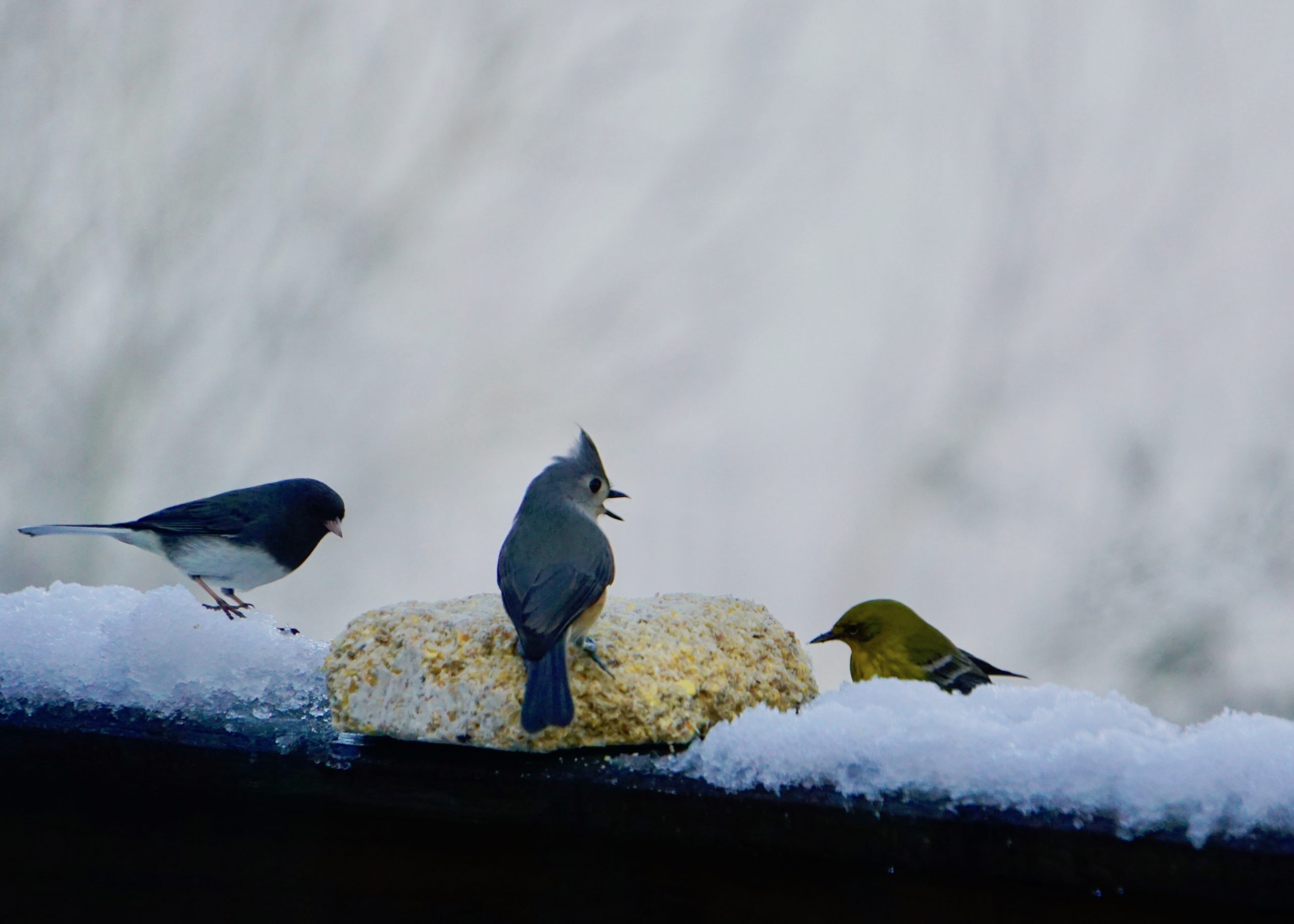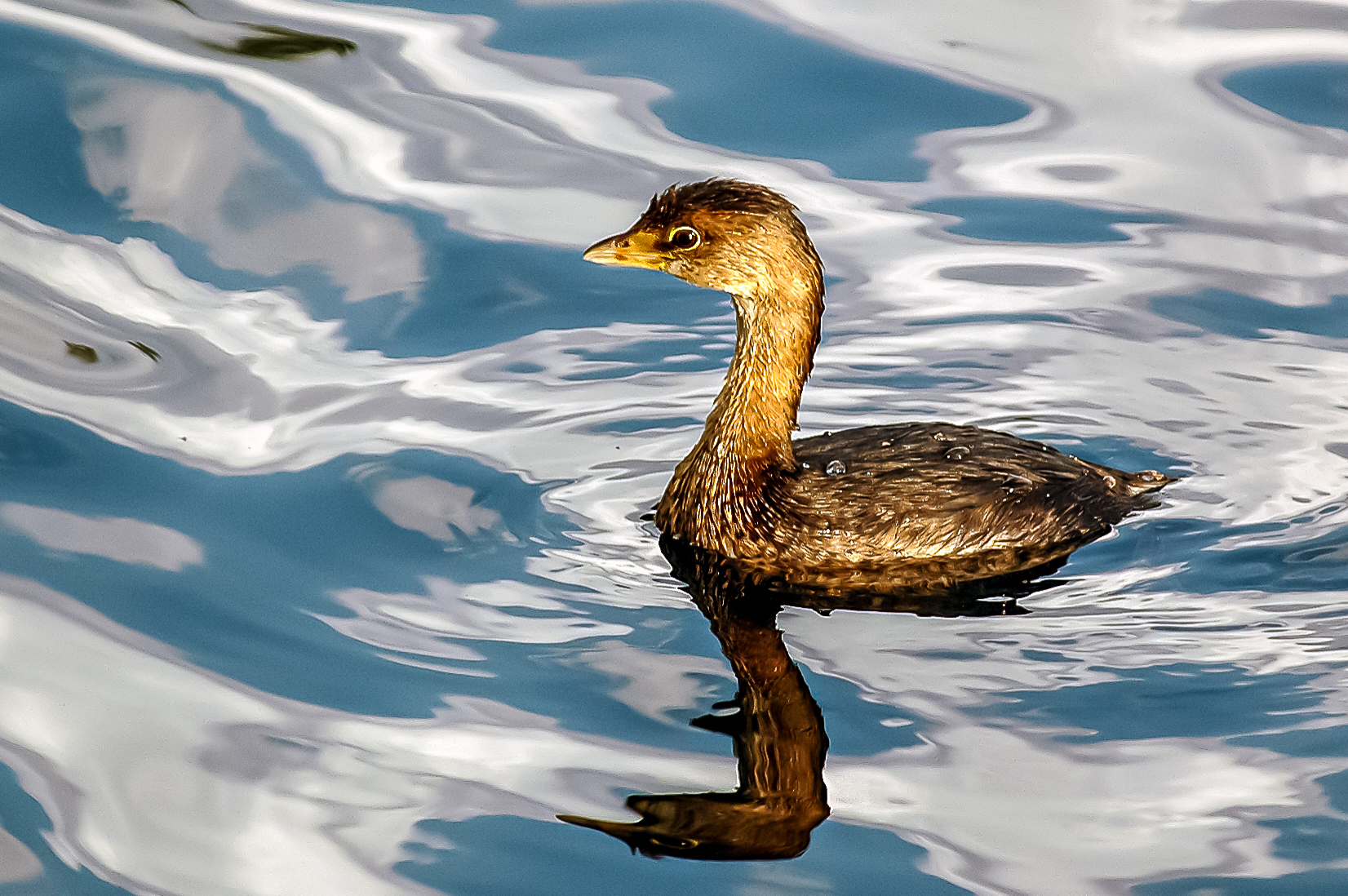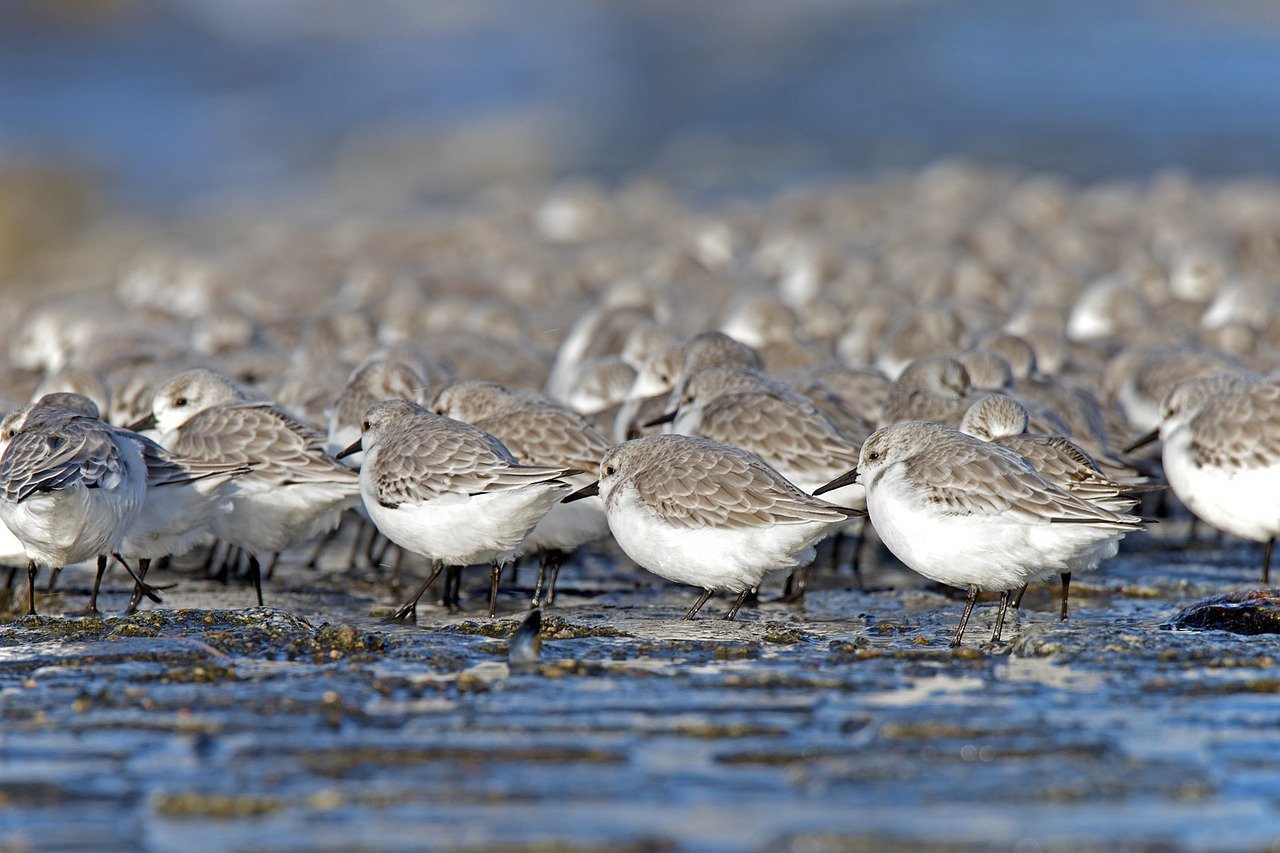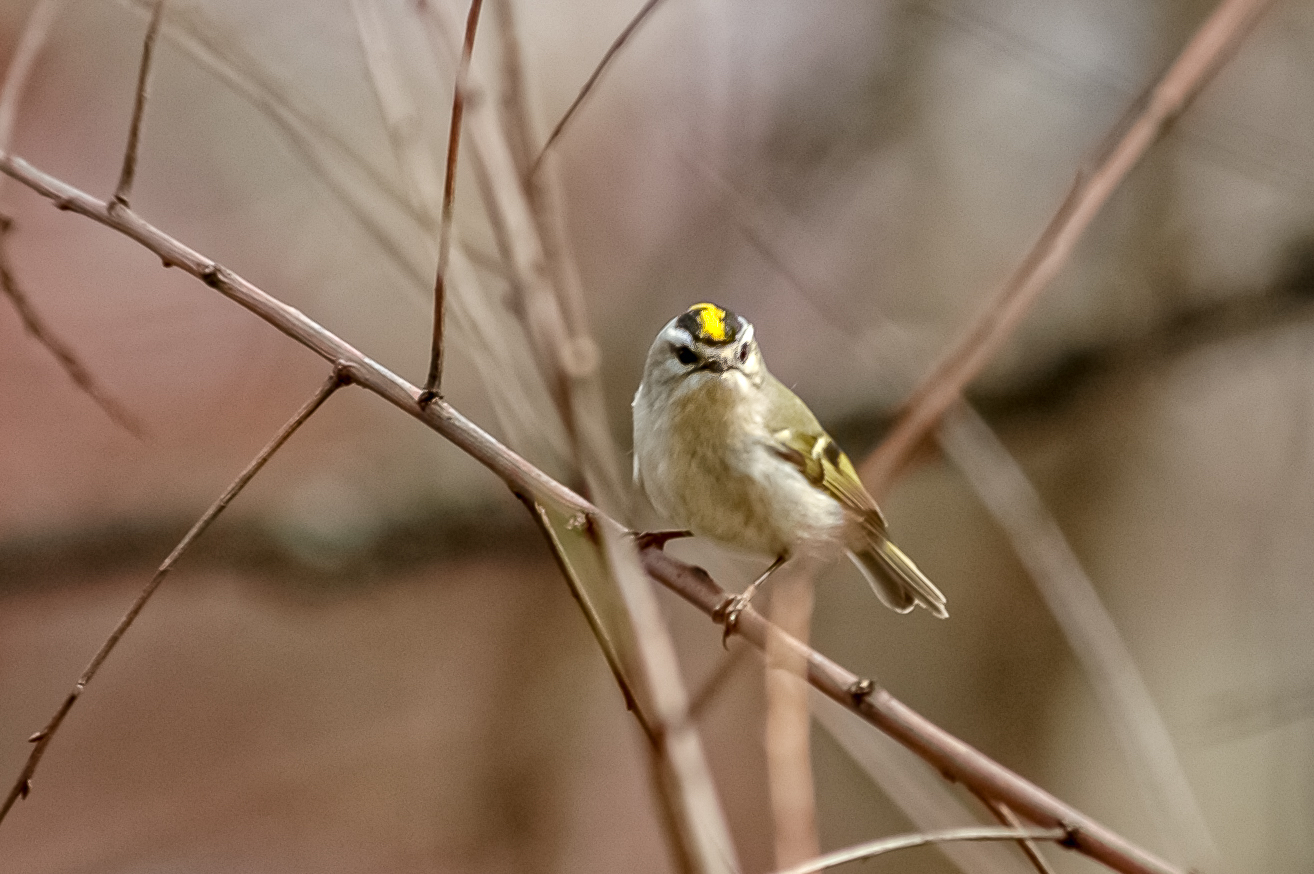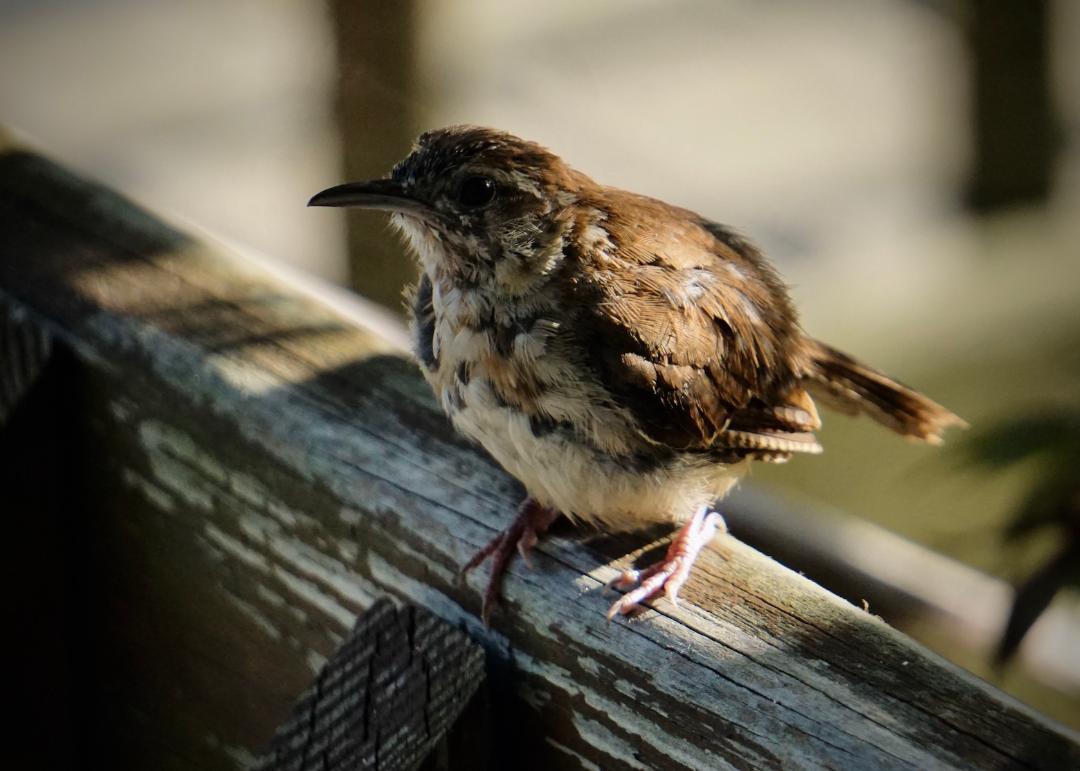
You’ve probably noticed that most of the photos I use for this series were not taken by me. Usually I include the photos of Craig Taylor, a birder and friend who has worked at learning how to photograph birds. In fact, so far, I’ve only included two photos that I’ve taken that I have deemed worthy enough for others to see. The first was the feature photo on September 6th’s story on the Great Blue Heron. And if you’ll look at the feature photo above, you’ll see I took that photo! That’s a big deal for me.
That may seem surprising because I regularly post photos I’ve taken with other articles. I’ve always loved photography––I love seeing the world through the lens of the camera. Sadly, I’m often disappointed with the result of my photos. I’m just not good enough to capture an image in the way I can see it through my eyes. As a photographer, I don’t always produce an image that measures up to the opportunity.
When I started birding, I found out how photographically challenged with birds I really am. Birds don’t pose for the camera. Birds move all the time, and if they’re not moving, they’re hiding in bushes and trees. By the time I can find a bird in the camera’s viewfinder and focus in for the photo, it has long since departed.
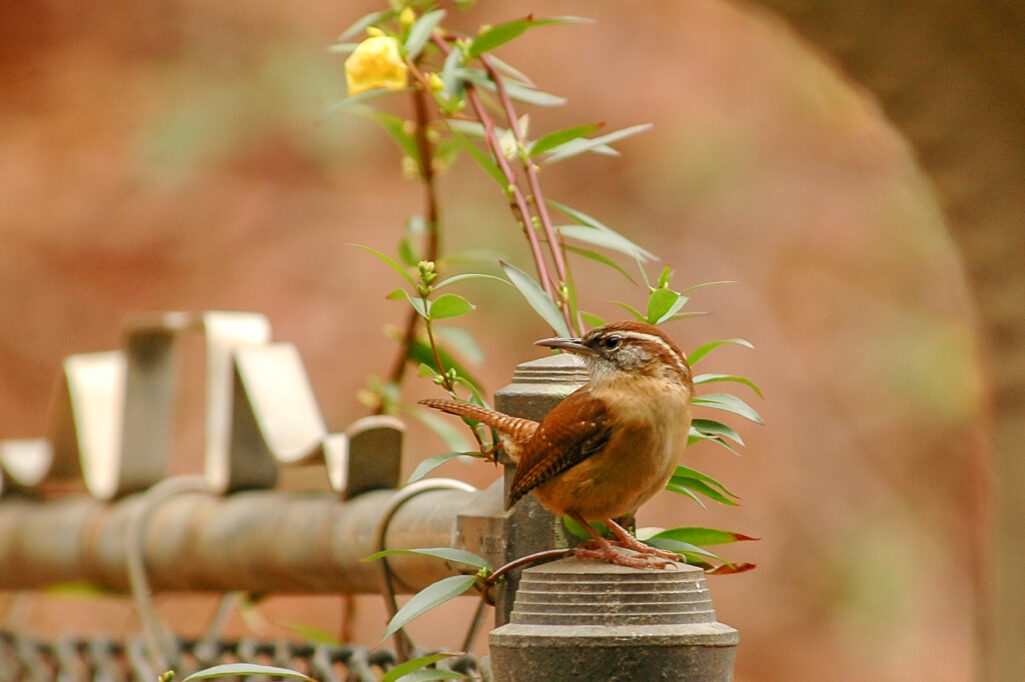
Inspired by the beautiful photos of Craig Taylor, who graciously shares his photos with me, I keep trying. I keep taking photos and then delete them in frustration. I keep sending the photos to my daughter to edit, apparently asking the impossible of her to edit the photos to make them amazing. Without having to see her face, I know she often rolls her eyes at my requests. (She occasionally does say to me, “Mom, I’ve done the best I can with what I had to work with.”)
But I keep trying. I keep taking photos. I keep trying to get better. I keep practicing.
My photo above is the first photo I’ve taken that I’ve loved. It amazed me that I captured that moment. I actually photographed two fledgling Carolina Wrens who had left the nest within a few days of the photo. They stayed close together, each following the other as one took a step away, as they looked for food. I felt sorry for them because they seemed a little frantic at the time. I wonder if they’d eaten anything recently or if they were hoping we’d throw out scraps on the deck where they were.
Regardless of what they wanted or needed, I finally got the photo. I felt like I captured not just a picture of a bird but rather a moment in time. It was a moment in the process of life and survival. It was a moment of learning independence from the mother and yet dependence on the other fledgling. It was an important moment.
I’ve wondered since I took the photo about what has happened to them. How long did they stay together? Did they both survive? Or, did a neighborhood cat get them first?
I’ve always bought into the saying, “Practice makes perfect.” But who really ever achieves perfection? Birding has helped me embrace the idea that practice brings progress, not perfection. And I’m satisfied with that!
I can’t wait to see the next birding moment I capture on film. I don’t expect it to happen quickly or easily. The subject is just too difficult. I do expect it to happen, though, because practice will keep me progressing.

